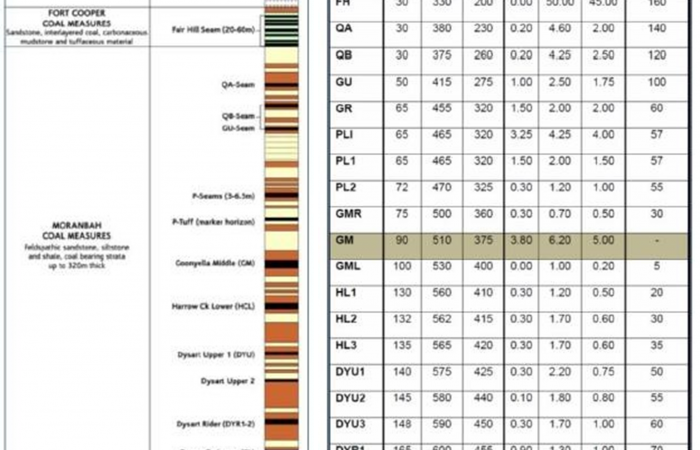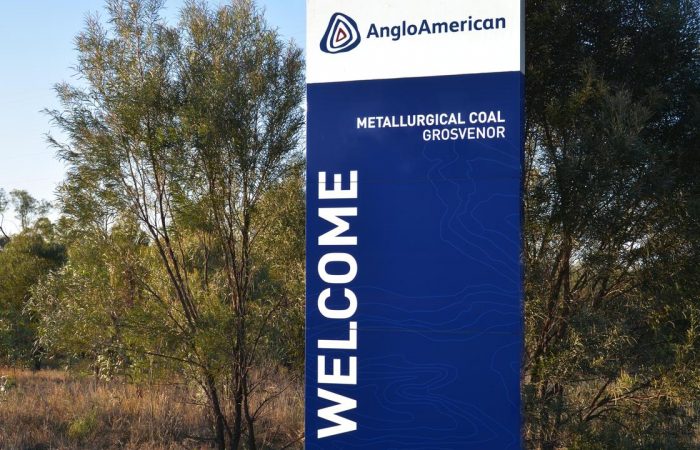
Grosvenor PUR Scenario does not make scientific sense. Temperature necessary and products of combustion never detected prior to ignition or in weeks after.
So far during the Grosvenor hearing we have heard nothing about any Spontaneous Combustion TARP being active and of additional actions beyond normal operating procedure being required, either before the Methane Explosion on the face critically burning 5 workers on May 6th 2020.
Ignition Temperature Methane 537 C at standard atmospheric pressure and temperature.
Coal Self Ignition Temperature approximately 600C, but in all cases is higher than Methane ignition temperature.
In other words the coal has to burst into open flame to ignite methane
PUR Polyurethanes Melting points 85°-121°, Polyurethanes Self-Ignition temperatures 416°
As part of the re-entry risk assessment bit the Mine Management, the Mines Inspectorate and Consultants employed by both parties would have reviewed at least the week prior and days post event until assessed as safe to return underground. (About 4 days)
They should have analyzed
- Goaf Stream for H2, CO, CO2, CH4, Ethylene (C2H4), O2, N2
- Tailgate Roadway CO make. H2, CO, CO2, CH4, (C2H4), O2, N2 levels
- Tube bundle CO , H2, CO, CO2, CH4, C2H4, O2, N2 levels from goaf seals around LW perimeter
- CO, H2, CO, CO2, CH4, C2H4, O2, N2 levels from goaf wells
No Ethylene is ever mentioned as being detected prior to first methane explosion and not detected it seems during any of the time frames either mentioned by the Inspectors so far in either their statements or sworn evidence while attending the mine as part of the Investigation.
We know from centuries of hard learned tragedy and a bit of scientific research that CO, Hydrogen and Ethylene evolves before visible “smoke” from coal heating.
Ethylene evolves when Coal reaches approximately 150C
The presence of Ethylene we have learned means the Mine is in the “Last Chance Saloon”.
It obviously was not able to be identified via gas monitoring when the Re-Entry Risk Assessment process was completed, or during the week or so of investigation.
There is also no mention of elevated levels of hydrogen, carbon monoxide in either fixed gas monitoring points or the goafstream when able to be inspected in the weeks following the explosion
There has also been no mention of strange smells or odours.
On what we know so far I can easily accept that there is little likelihood that Grosvenor was effectively ever able to monitor spontaneous combustion, given the trouble they have even monitoring methane.
Let alone the unmonitored cut-throughs and C hdg they have in their LW104 Ventilation arrangement
There are a few basic questions that in my view cannot be explained by this theory.
No matter which way you look at it, there are certain pre-requisites that have to be met to ignite methane.
We know from centuries of hard learned tragedy and a bit of scientific research that CO, Hydrogen, Ethane and Ethylene evolves before visible “smoke” from coal heating.
The presence of Ethylene we have learned means the Mine is in the “Last Chance Saloon”.
How on earth can a short duration compression wave (overpressure event) cause a supposed heating right at the back/roof of the chocks around # 111 to flare into open flame above 537C and then after it has ignited the methane, disappears totally?
The fact is, it cannot


